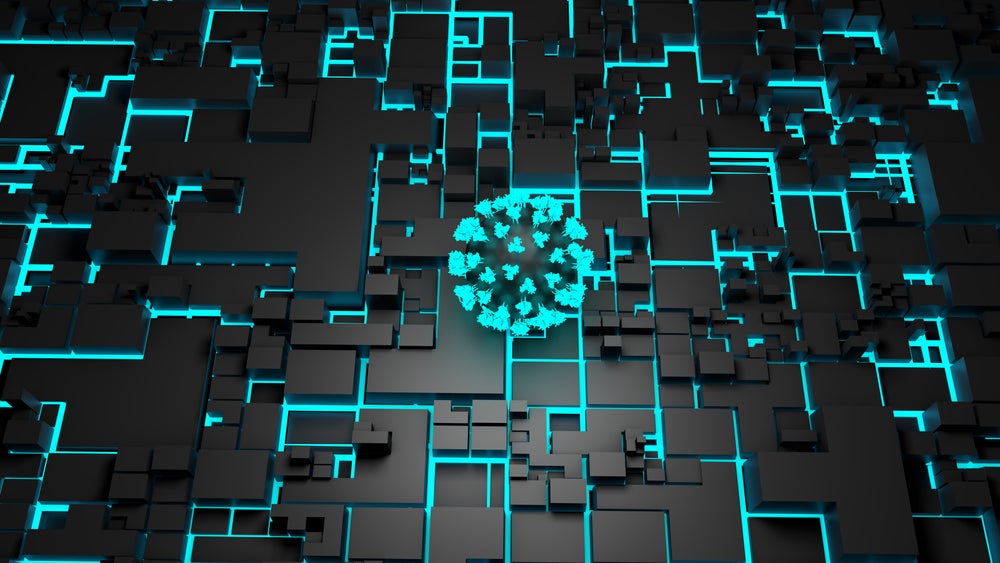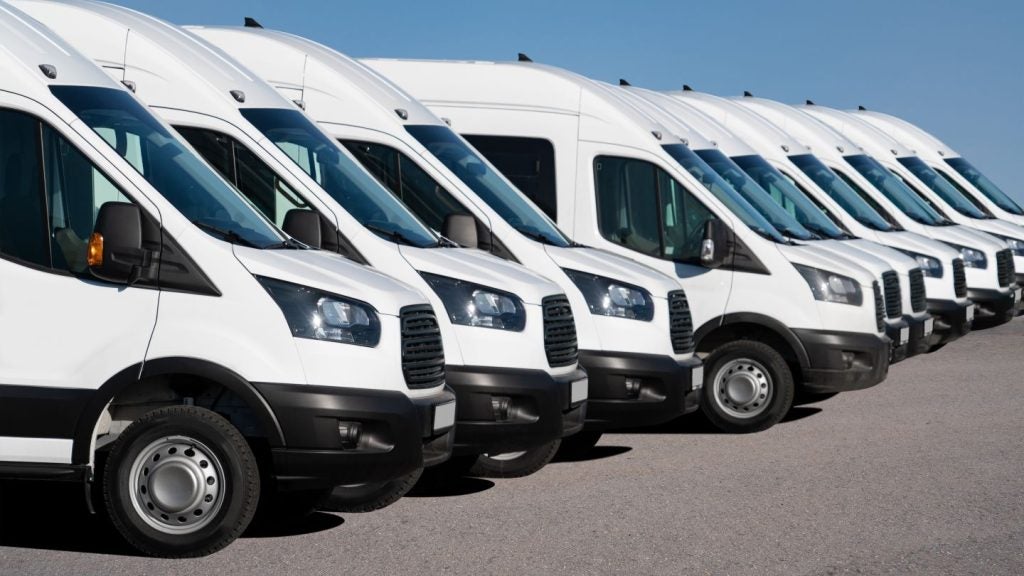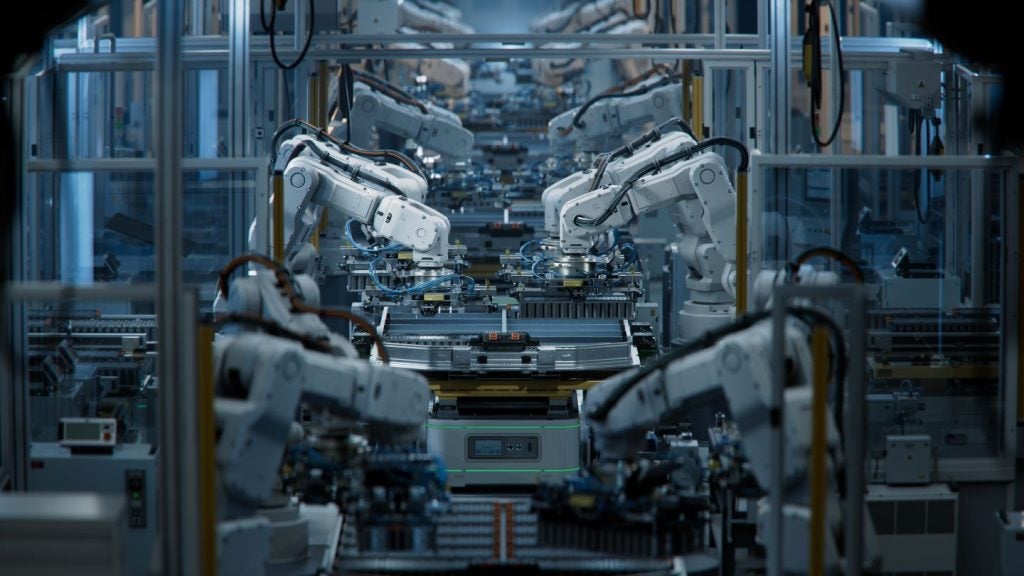
Researchers are developing solid-state lithium batteries that are safer, more powerful and longer lasting than today’s batteries, with electric vehicle applications the Holy Grail, Princeton University’s Kelsey Hatzell tells our sister publication, Energy Monitor.
Lithium-ion batteries are integral to our lives and the clean energy transition. Mobile phones and laptops, electric vehicles (EVs) and home energy storage systems all run on these ubiquitous batteries.
Researchers and manufacturers have driven down the price of lithium-ion batteries by 90% over the past decade and believe they can make them cheaper still. They also believe they can make an even better lithium battery.
Today’s lithium-ion batteries use a liquid electrolyte to move ions between the cathode and anode when discharging or charging. However, the liquid electrolyte is flammable and prevents the use of materials that could extend the life of the battery. Researchers believe one solution is to shift from liquid to solid electrolytes. These so-called solid-state lithium batteries would be safer, last longer and extend the range of EVs.
Kelsey Hatzell is at the forefront of efforts to develop a commercial solid-state lithium battery. The recipient of the prestigious National Science Foundation Early Career Award and Sloan Research Fellowship, Hatzell is an assistant professor of mechanical engineering at Vanderbilt University. She joins the faculty at Princeton University’s Andlinger Center for Energy and the Environment on 1 July.
In conversation with Energy Monitor, Hatzell describes why the industry is shifting to solid-state batteries.
How well do you really know your competitors?
Access the most comprehensive Company Profiles on the market, powered by GlobalData. Save hours of research. Gain competitive edge.

Thank you!
Your download email will arrive shortly
Not ready to buy yet? Download a free sample
We are confident about the unique quality of our Company Profiles. However, we want you to make the most beneficial decision for your business, so we offer a free sample that you can download by submitting the below form
By GlobalDataYour research focuses on solid-state lithium batteries. How are they different from the batteries people are familiar with?
The batteries people use in their electronics are lithium-ion batteries. They store charge by moving a lithium ion, which is a positively charged ion, back and forth between two different electrodes. The medium for moving ions in a battery is a material known as an electrolyte. Usually that electrolyte is a liquid.
We take a lithium-based salt, dissolve it in a solvent and pipette it or inject it into a battery. That is our source of lithium ions in a battery system. It is the medium through which the ions can move.
Ions move very quickly in liquids, and that is great for getting power density, charging a battery quickly, but the problem is that liquid, in this case an organic solvent, is flammable. Instead of having ions move in liquid, we are looking at getting solid electrolytes where ions move in a solid.
Beyond safety, there are a lot of reasons why we want to use solid electrolytes. We cannot pair materials that could make your battery last longer with liquid electrolytes because those materials will decompose, degrade very quickly and have a very short life cycle.
If we want to introduce new materials that make batteries last longer and not have to charge them so many times in a day, solid electrolytes are a pathway for introducing new energy-dense materials.
Do you expect solid-state lithium batteries to have a smaller environmental footprint than today’s batteries? Would they be easier to recycle at end of life?
Solid electrolytes are lithium based and there are some projections that suggest solid-state batteries may require more lithium than conventional batteries. This is going to be highly dependent on the architecture. If solid-state batteries can be made anode-less this may not be case.
One benefit of solid-state batteries is that they can theoretically exploit bipolar stacking, which would significantly reduce the number of current collectors (e.g. metals and non-active material in batteries). However, this has yet to be demonstrated.
A few studies have suggested solid-state batteries may be easier to recycle. However, recycling of solid-state batteries is a “new” research area, and a lot is still unknown.
Will solid-state batteries, when commercialised, take over everywhere we use lithium-ion batteries today, like portable electronics, EVs and home batteries?
You are definitely going to find people who say solid-state will displace the current state of the art. I think they are going to find different applications. The current lithium-ion battery will always exist primarily because it is so cheap and is going to become even cheaper.
When I started studying batteries in 2010, the cost was $1,000 a kilowatt-hour (kWh). Now we are at $140/kWh with the price projected to drop to $50/kWh. That is primarily because you see gigafactories scaling the battery up. I do not foresee conventional lithium-ion batteries going away.
Solid-state batteries will first play a role in portable electronics and applications where safety is paramount. As we figure out how to create solid-state batteries with flexible footprints and platforms, that is going to expand the opportunities. The Holy Grail is definitely EV applications because the true benefit is in getting to energy-dense anodes.
Most people who talk about EVs but do not get one say this is because the driving range is not enough – despite the fact no one drives 400 miles a day. People still want that flexibility. Solid-state batteries are the pathway to achieving that range.
What is needed to commercialise solid-state batteries? More grant funding for research teams like yours? More money from the federal government through the Advanced Research Projects Agency-Energy? Partnerships with automakers?
The latter two are really important. We have worked on some basic science research with Toyota, which has been critical in terms of fundamentally connecting with the end user and understanding the big challenges. Lots of times we focus on basic science questions, but we need to be more mission driven. There is a lot of science that we need to solve, but we need to be funnelled in the right directions. It is always surprising what the real problems are from the application point of view.
Four or five years ago, it was just about getting the ions to move in a solid electrolyte. The question now is getting solid electrolytes to work in a battery system, and whether operating conditions for a solid-state battery will be different.
There needs to be a lot of funding from federal government to figure out how to get a solid-state battery to work. This is a very young field. From an experimental point of view, it is a labour of love but definitely labour-intensive work.
What challenges must be overcome in the next few years?
Number one is reproducibility and inter-laboratory confirmation of results. We need a solid-state battery that operates extremely well for thousands of cycles. The big challenge with people doing battery research and even in start-ups is potentially misrepresenting data, which is very harmful to the community at large. Often when a big brand start-up announces something, it inspires lots of people to follow. If it is one degree off, we end up 100 miles off from where we need to be.
Inter-laboratory studies, convergence of methods in testing protocols, pushing the boundaries to test solid electrolytes in solid-state batteries using realistic operating conditions are vital. The more transparent and open access players in the field can be, the faster the field will grow. That is always challenging from the industrial point of view, but it is often necessary for progress.
What can consumers expect in terms of range and charge time for EVs with solid-state batteries?
Charge time is a really hard question. It depends on the chemistry. People want to be able to charge in tens of minutes, but that depends on the chemistry in your battery.
People care about range, but they are also saying the next generation is going to care more about the lifetime of their battery. Why the shift in mindset? Well, if we start to integrate your EV with your home, where you will be dynamically charging your battery or integrating your car battery with the grid, life cycle is going to be much more important. That plays a significant role in what chemistry we go for.
We are going after solid-state for energy density and range, but in the next decade, consumers are going to adopt behaviours where they get used to stopping for a 30-minute walk or a bathroom break to charge. It is not going to be a big deal.
Theoretically, solid-state batteries can get to 400 miles. That should not be a problem. However, the question right now is lifetime cycle, which is going to be equally important, long term, for solid-state batteries to be in EVs.
This article first appeared in Energy Monitor, a non-partisan voice examining the politics and economics behind the move away from fossil fuels and the embrace of renewables and climate neutrality.







